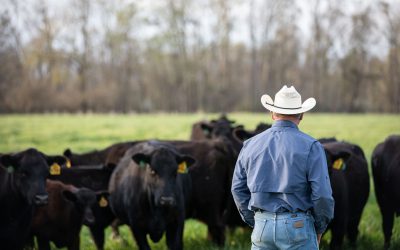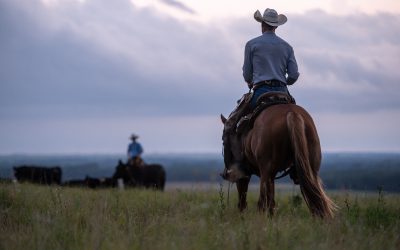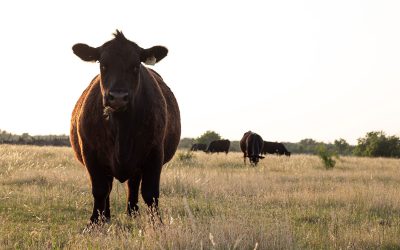
Seven in ’17
Strangers on airplanes, friends at Christmas parties – it’s a strong assumption given the writing gig.
“I don’t,” I’ll smile and say, “but my team does and it’s better than anything I’d do on my own.”
Steve, Miranda, Nicole and I, Katrina, Lauren Nelson, and some interns, too. We’re states apart and decades different but share a love for good cattle, even better people and the ability to tell you all about both.
So as we tip our hats to 2017 – a year of tragedy and triumph, of rebuilding and reevaluating what’s most important – here’s a look back at your favorite stories we’ve told.

7. The golden rule in the golden triangle
“We don’t crossbreed anymore – it just seems like if it has a black hide, it has more value,” Neill Sweeney says, “plus, we feel like we can get enough growth out of those black calves and not worry about it. The breed has come a long way, and we know that’s what the Losekes (Nebraska cattle feeders) want.”
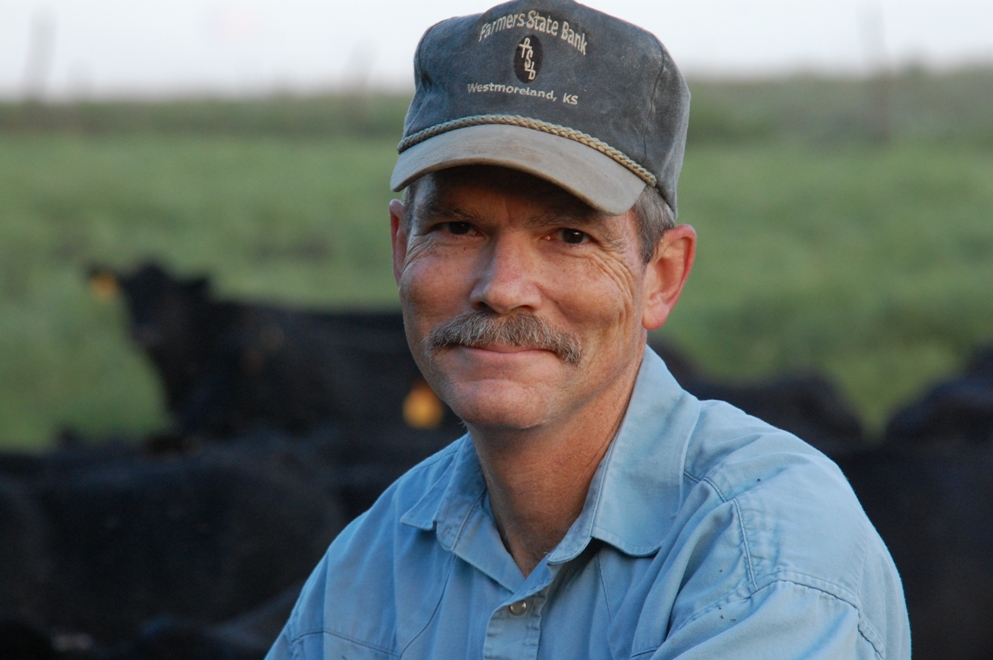
The words should make a lasting impression on people who raise beef cattle. That was my goal: to make their commercial herds more profitable by producing better beef each year. My practical experience was as a part-time cattleman with 100 mostly black cows. The people I wrote for (not the editors, the readers) mostly had much more experience, so I never saw the mission as promotion or trying to tell anyone else what to do.
We had time. I would find examples of successful Angus producers to share their stories about turning to Angus genetics, and their realization that they needed to include carcass traits.
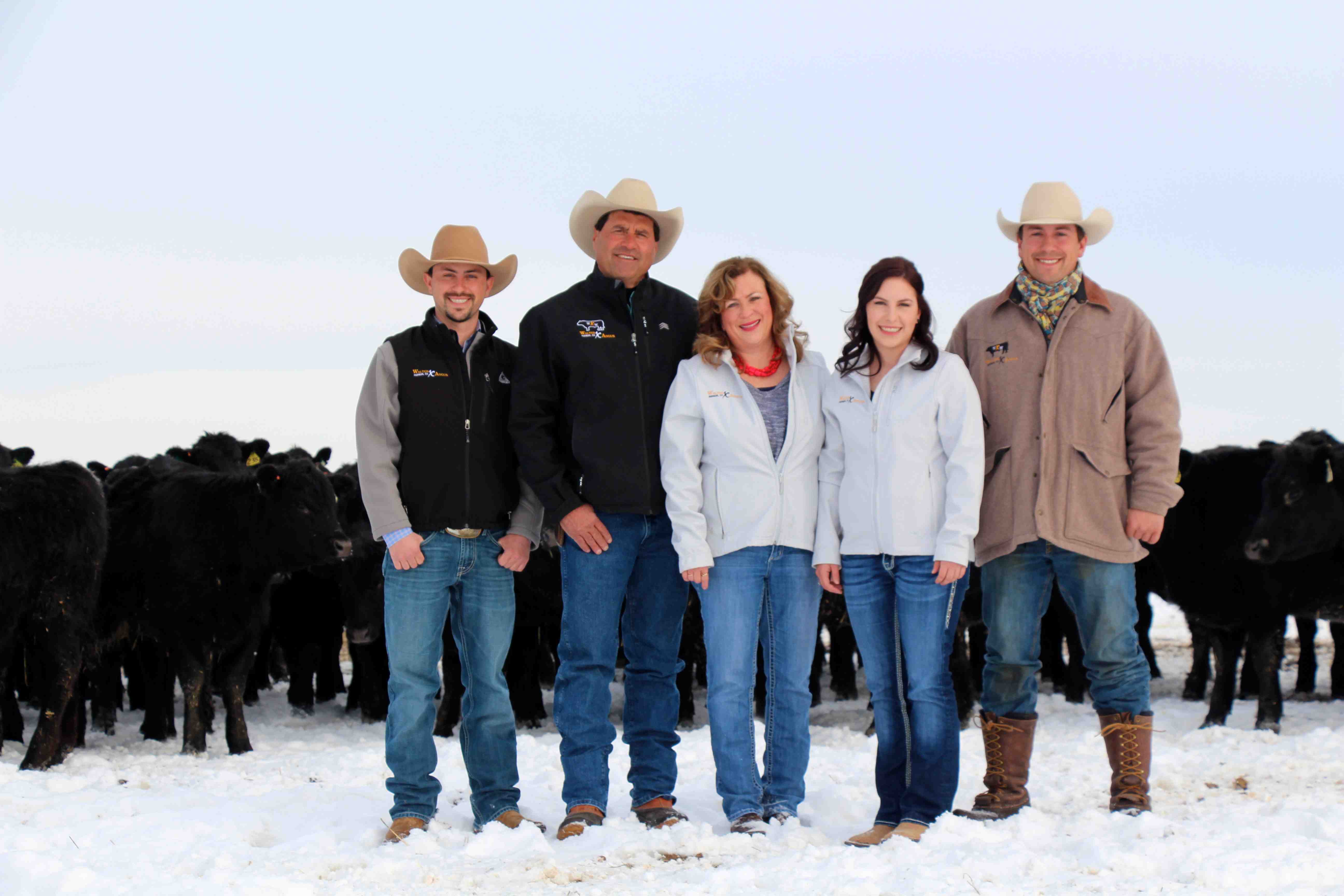
5. The herd that calmed my nerves
The Walters will tell you they raise “working cattle that pay the bills.” On top of using handpicked, quality and performance-focused genetics through AI, they provide their commercial and registered herds with all they need to be successful. Then they expect the cattle to do their part.
“When you come up to a cow and see snow on her, well that is a wonderful cow,” Terry says of the grit his Angus show. Like their owner, they deliver on a promise. Never fake, you see what you get.

“I think because Tom’s family had the cattle there, that’s why I got through college,” Sally Donati says.
We’re sitting at the couple’s kitchen table near Oroville, Calif., and it’s quotes like this one that remind me that cattle do so much more than pay the bills.
They drive people, challenge them, at times can cause great stress, but they bring families together and draw their keepers back to the basics of life.
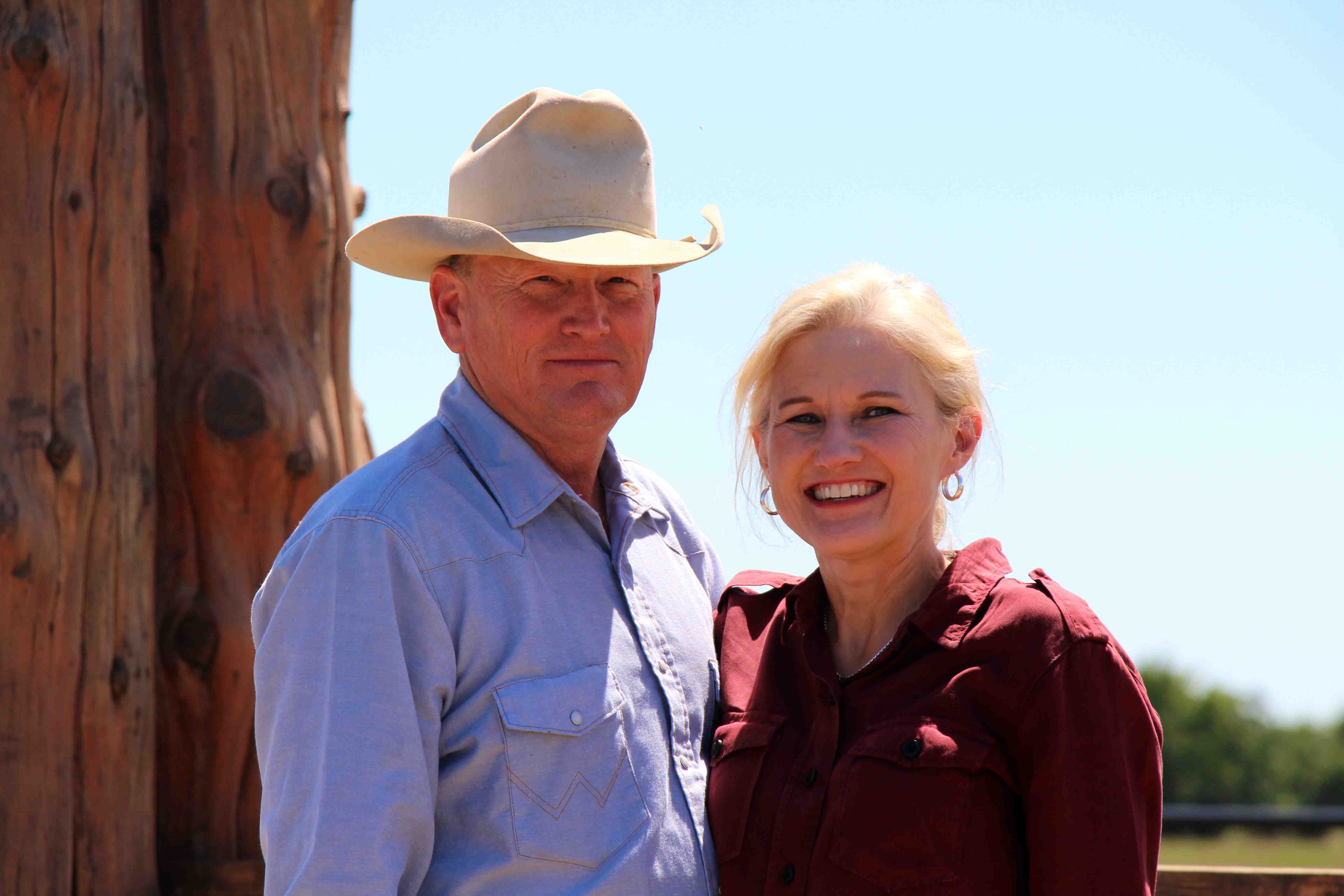
“The thing about the Moores is, it’s them, it’s their deal,” Jerry Jackson says. The manager of Stampede Feeders, Scott City, Kan., where the family sends two pens of cattle every fall, has seen it firsthand. “They don’t sit inside the office and tell everybody else to go to work.”
To the contrary, Jim asks for critique before getting up and fixing the problem himself.
“We have to be critical of ourselves if we want to improve,” he says. “What I want to hear is the truth.”

2. Following the Calves: Not in South Dakota anymore
On paper, Mark Sebranek doesn’t own very many of the 28,000 head of cattle on feed at his Garden City, Kan., yard … but don’t tell his heart.
“That’s my feeling – every animal out here is mine. How do I make the most money I possibly can?” says the 20-year manager of Irsik and Doll Feed Yard.
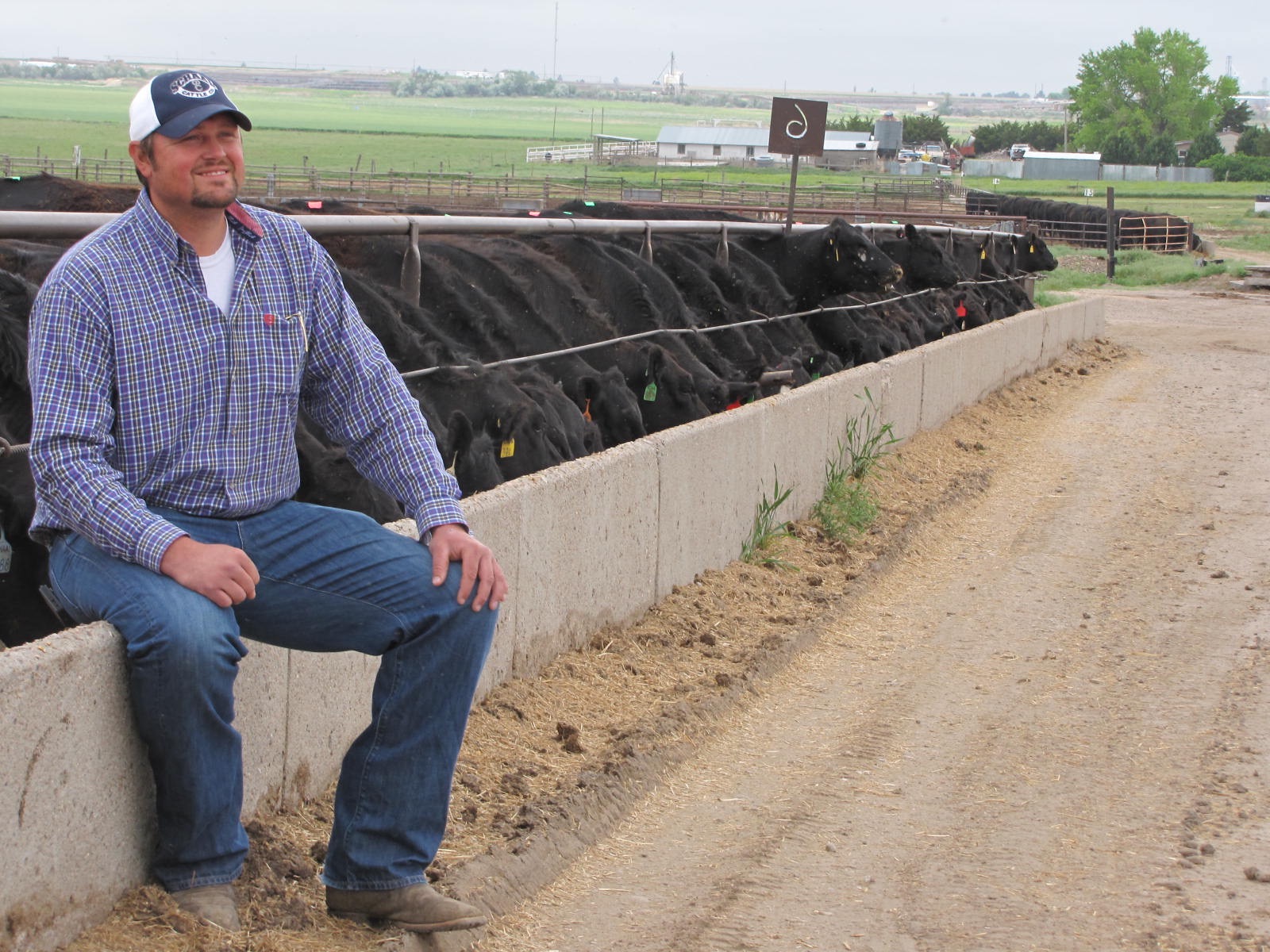
DNA testing lets him see on paper how his cattle are performing. Artificial insemination gives him freedom to correct problem areas by custom mating. Being able to collect data is a priority at Schaal Cattle Company.
“I’ve seen results,” Braden says. “It’s not all on paper, I’ve actually seen results with some kill data, average daily gain and weaning weights,” which can all be found at the click of a button, thanks to electronic (EID) tags.
No, I realized at the end of our visit. It wasn’t just luck. This guy has worked his butt off for this.
These are snapshots. Just seven from a year that left our friends list longer and our hearts fuller. From our family to yours, we wish you a Merry Christmas and all the best in 2018!
Thanks for allowing us to tell your stories,
Laura
You may also like
Progress from small steps
Every day is a chance to learn and get better. Thousands of others like my new friends in Alabama are taking steps to meet the shifts in consumer demand, and to know more. Small steps in the right direction can start now. Even if it’s just recording a snapshot of where you are today, a benchmark for tomorrow.
Not perfect, but working to get better
The CAB Cattleman Connection team heard its name called more than once in the virtual ceremonies, and each time came a sense of personal accomplishment, but even better: confirmation that we’re getting better at our craft. I hope that means we’re doing a better job for you.
Beefed up findings
Frank Mitloehner presents his findings on the animal ag sector’s impact on global warming. He explains how cattle counterbalance other fossil fuel sectors, proving that cattle are a solution and not a threat.

